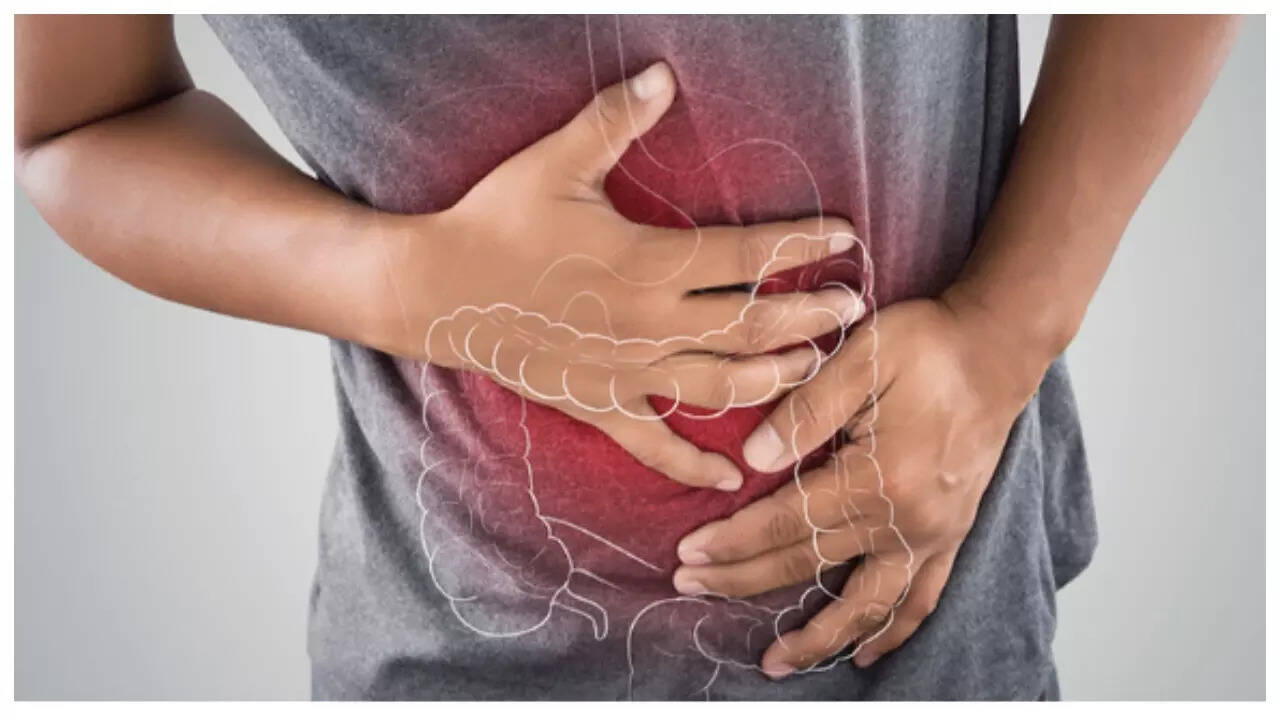
Covid 19 has made a return. Yes, after creating mayhem in the world from 2019-2022, the virus is seeing a gradual return to Asia with Singapore and Hong Kong recording the maximum number of cases in the last few weeks.
Closer home, the country has been seeing a rise in variant NB.1.8.1 and LF.7 variants, (and recently XFG) detected recently in different parts of the country. While the disease is still endemic, and (for now) poses no immediate threat according to the government, what is this new variant, and what makes it different from the rest? Let's dig deeper...Rising cases in IndiaIndia is witnessing an increase in COVID-19 cases, with the total number of active infections reaching 1,010, as per latest reports. Among the states, Kerala is experiencing the highest surge, followed by Maharashtra, Delhi, and Gujarat. While health officials maintain that the situation is under control, the emergence of new variants is being closely monitored. The variants under scrutiny include NB.1.8.1 and LF.7, with XFG also being a "variant of interest"Are the variants more transmissibleEarly data suggests that the new variants may indeed be more transmissible than previous strains.
The NB.1.8.1 variant, for instance, exhibits a "growth advantage," indicating its ability to spread more rapidly. Similarly, the LF.7 variant is under observation by the World Health Organization (WHO) to determine its transmissibility and potential impact. While detailed studies on the XFG variant are still emerging, its presence adds another layer of complexity to the current situation.Does not translate into severityIt is important to note that increased transmissibility does not automatically translate to more severe illness.
The key factors driving the spread of these variants include mutations in the virus's spike protein, immune evasion, seasonal conditions, and human behavior. Close monitoring and further research are essential to fully understand the transmission dynamics of these new variants.

Early Symptoms and SeverityThe early symptoms associated with the new variants appear to be similar to those of previous Omicron strains. Common symptoms include:Sore throatFatigueCoughNasal congestionFeverWhile loss of taste and smell was a prominent symptom in earlier waves, it is now less frequently reported.
Overall, the severity of the illness seems to be mild, especially in vaccinated individuals. However, in case your symptoms worsen, you should consult a doctor asap.New coronavirus symptoms of these variantsPersistent Low-Grade feverUnlike earlier variants where high fever with sweating and chills was common, JN.1 infections often cause a persistent low-grade fever, typically between 37.6°C and 38.1°C.(99.6-100.5°F) This fever does not show regular symptoms like rapid breathing, or warm to the touch.
Instead, it alters the body's temperature regulation, known as hyperthermia. People may feel slightly warm for several days without the intense fever spikes seen in previous COVID waves.This symptom can be easily overlooked or mistaken for mild tiredness or other minor illnesses. The continuous mild fever signals the body is fighting the virus but in a less aggressive way than before. Recognizing this can prompt early testing and isolation to prevent spread to others.

Gastrointestinal issuesAnother symptom that sets JN.1 apart is the increased frequency of digestive issues such as nausea, loss of appetite, stomach discomfort, and diarrhea. While gastrointestinal symptoms were present in earlier COVID-19 variants as well, they were less common and often mild. With JN.1, these symptoms seem to be more prominent and affect a larger number of patients.Is the vaccine still potentCurrent vaccines and treatments remain effective against these new variants.
Health authorities emphasize the importance of vaccination and boosters to maintain protection. There is no indication that NB.1.8.1 or LF.7 significantly evade immunity from vaccines or past infections, unlike some earlier variants that partially escaped immune responses.Stay safe, but don't panicDespite its unique symptoms, JN.1 is not more dangerous in terms of severity but spreads more easily. Therefore, preventive steps remain key to controlling its impact:Wearing masks in crowded or enclosed spaces.Practicing good hand hygiene.Avoiding close contact with sick individuals.Following public health advice on vaccination and boosters.If you experience any of these symptoms it is important to talk to your monitor first, and then consult a doctor.

 1 day ago
37
1 day ago
37




























 English (US)
English (US)